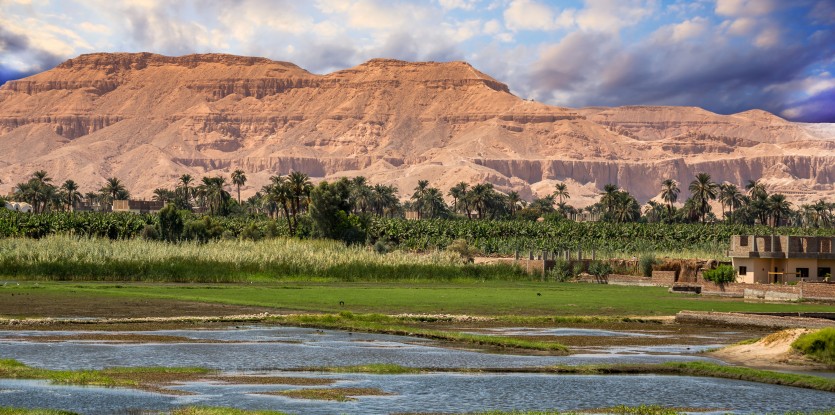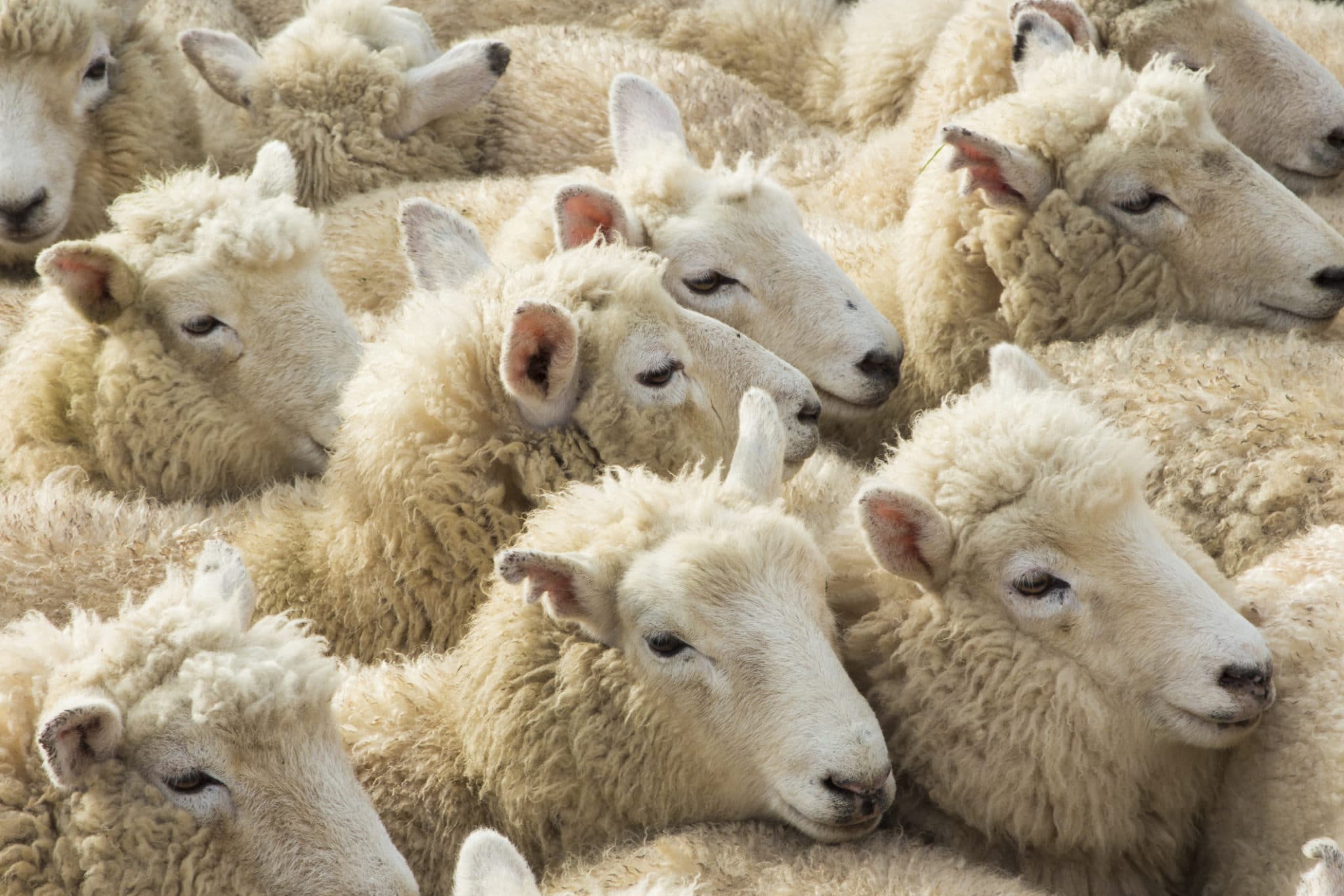We all know the story of how Moses’ mother, to save him from Pharaoh’s decree that all newborn Jewish males be drowned in the Nile, placed the three-month-old infant in a basket and concealed it in the rushes that grew along the riverbank; and how Pharaoh’s daughter discovered the weeping child when she went to bathe in the river, and raised him in the royal palace.
There is one detail in this story that is the subject of some confusion. Where, exactly, was Moses’ basket placed? In the Torah’s account, we read: “And she placed it in the rushes, on the bank of the river.”[1] According to this, Moses was not placed in the Nile itself, but on the Nile’s shore.[2] A few verses later, however, the Torah tells us that Pharaoh’s daughter named the child she found Moses (“the drawn one”), “because I have drawn him from the water.”[3]
The Torah is G-d’s blueprint for creation, whose every detail is of eternal relevance to our lives. If the Torah tells us that Moses’ mother placed him on the riverbank, this means that she could not have placed him in the Nile itself; if the Torah tells us that Pharaoh’s daughter subsequently took him from the Nile’s waters, this means that it was crucial that he be in the river at that time. And if the Torah troubles itself to tell us all this, this means that it is important to our understanding of the event and its application to our lives today.
The Purging of the Nile
The Gaon of Rogachov (Rabbi Joseph Rosen, 1858-1936) offers a halachic (Torah-legal) explanation for the basket’s change of location. Moses’ mother could not have initially placed him in the Nile itself because the Nile was worshipped by the Egyptians as a god, and it is forbidden to make use of an object of idol-worship even to save oneself.[4] However, Torah law also stipulates that if an idol-worshipper renounces his idol, it becomes “nullified” and permissible for use.[5] Our sages tell us that Pharaoh’s daughter “came down to the river to bathe”[6] not only in the physical sense, but also “to cleanse herself from her father’s idols.”[7] Her renunciation of the paganism of Egypt nullified the river’s idolatrous status, and its waters could now receive and shelter Moses. It was at this point that Moses’ basket entered the Nile.[8]
Why was it important that Moses should be in the Nile? The Midrash tells us that Pharaoh’s astrologers had told him that “the savior of Israel will meet his end by water,” which was why Pharaoh decreed that all male Jewish babies should be thrown into the Nile. When Moses was in the river, the astrologers told Pharaoh, “The savior of the Jews has already been cast into the water.” Thus Moses’ entry into the Nile brought the end of Pharaoh’s decree.[9]
The Cult of the River
Very little rain falls in Egypt. Agriculture is completely dependent on the Nile, whose overflow fills a network of irrigation canals. The ancient Egyptians therefore deified the Nile, regarding it as the ultimate source of sustenance and the ultimate endower of life.
This was the deeper significance of Pharaoh’s decree to drown Jewish children in the Nile. Pharaoh knew that if the next generation of Jews were submerged in the Nile-cult of Egypt—if they were raised to regard the natural purveyors of sustenance as gods—the Jewish faith would be obliterated. The message of a One G-d who is the creator and source of all, which so threatened his pagan oligarchy, would be silenced forever.
One can say that Nile-worship is as prevalent today as it was in the days of the Pharaohs. Today’s “Nile” may be a college degree, a career, social standing—anything that is venerated as a provider of sustenance and life. These are tools of sustenance, as the Nile is an instrument of G-d’s sustenance of those who dwell along its banks; but when the vehicle is confused with the source—when a person submerges his entire self in the “Nile,” investing his choicest energies in the perfection of the instrument rather than the cultivation of his relationship with its divine wielder—this is idolatry.
Faith Feeder
Moses is the raaya meheimna, the “faithful shepherd” of Israel.[10] The words raaya meheimna also mean “shepherd of faith”—i.e., one who feeds faith to his flock.[11] Moses’ primary role was to nurture the faith of his people, to broaden it, deepen it and develop it so that they became completely permeated with a knowledge of G-d and the understanding that “There is none else besides Him”[12]—that all the “Niles” of the world are not forces or realities in their own right, but merely vehicles of divine sustenance.
Moses was eighty years old when he took the people of Israel out of Egypt, led them to Mount Sinai, and fed them the ultimate infusion of divine knowledge, the Torah. But he was already a “shepherd of faith” at the age of three months, when he was instrumental in dethroning the arch-idol of Egypt and putting an end to the drowning of Israel’s children in its waters.
Based on the Rebbe’s talks on Shabbat Parshat Shemot of 5722 (1962) and 5723 (1963)[13].
Adapted from the teachings of the Lubavitcher Rebbe by Yanki Tauber.
[1]. Exodus 2:3.
[2]. See Targum Onkelos on verse
[3]. Exodus 2:10.
[4]. Mishneh Torah, Laws of the Fundamentals of Torah 5:6; see Likkutei Sichot, vol. XVI, p. 13, note 9.
[5]. Mishneh Torah, Laws Regarding Idol-Worship 8:8.
[6]. Exodus 2:5.
[7]. Talmud, Sotah 12b; Midrash Rabbah on verse.
[8]. Tzofnat Paane’ach on Exodus 2:3.
[9]. Midrash Rabbah, Shemot 1:24. The true import of what Pharaoh’s astrologers saw was that it would be decreed that Moses die in the desert as a result of the “waters of contention,” as related in Numbers 20:1-13.
[10]. Zohar Chadash 104a, et al.
[11]. Tanya, chapter 42.
[12]. Deuteronomy 4:35.
[13]. Likkutei Sichot, vol. XVI, pp. 13-19.







